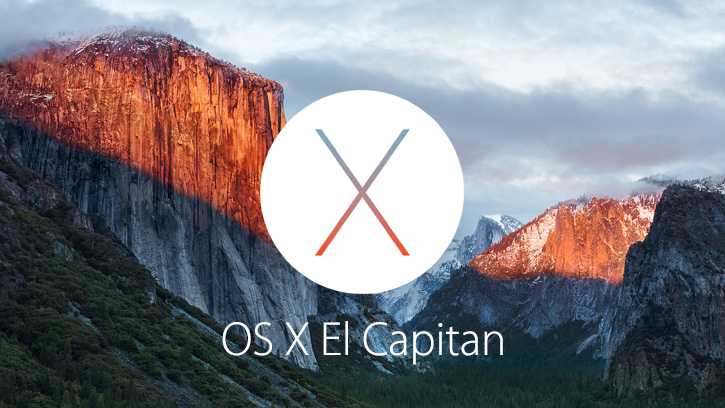Launched on September 30, 2015, Apple’s OS X El Capitan marks the 12th major OS release from the renowned IT giant, popular for dishing out experiential devices like iPhone, iPad and Mac computers. The OS X El Capitan along with OS X support essentials 10.11 is a distinct upgrade from OS X Yosemite and primarily focuses on providing additional stability, performance and security enhancements to the already profound UNIX foundation for enterprises as well as consumers. The latest OS upgrade has also extended support to Apple mobile devices through the OS X server. Apple has clarified that all users of OS X 10.6.8 or later can opt for a free upgrade to OS X El Capitan through the App Store on Mac. Users can also choose to create a USB install drive for installing El Capitan within an integrated Mac network.
With the launch of El Capitan, Apple primarily intends to focus on two key areas, viz. performance and user experience. Despite retaining the look and feel of Yosemite, El Capitan’s window management feature and control features have underwent considerable redesign to incorporate a new Split View feature that is somewhat similar to the iOS 9 multi-tasking feature on iPads and facilitates the smooth functioning of two full-screen apps simultaneously, thereby allowing users to jump back and forth between two apps. This apart, there are certain other upgrade in the El Capitan, which are discussed below –
- Spotlight – El Capitan offers considerable versatility to your searches, bringing together all relevant data along with web-based media searches and location-based data.
- Notes – On El Capitan, notes received a significant upgrade as it now includes handwriting support for writing notes using a track pad of the computer or on any iOS device. Also, with the latest OS upgrade, you can now simply drag and drop attachments for media-rich content, maps, or other files, such as PDFs. Plus, you can also create checklists from existing as well as shared data.
- Safari – Apart from the browser getting an upgrade, Safari currently supports AirPlay for every site, which allows you to stream videos directly from the browser without having to share the entire desktop.
- Metal – The core graphics technology of El Capitan facilitates access to the graphics and CPU to work in tandem to offer compelling performance while considerably reducing energy consumption.
- Performance – El Capitan consists of a number of features that can easily go off the radar but prove compelling with respect to enhancing user experience when launching or switching between apps and faster load speed for web pages and PDF files.
- Security – The security of the new Apple OS has been pumped up with the inclusion of the System Integrity Program (SIP) in a bid to eliminate the chance of malware invasion and run smoothly, sans security compromise.
- Mail – Similar to iOS, El Capitan boasts of additional support for gestures. The new OS can work based on the use of suggestions, detects calendar dates or contacts, and allows you to add these items to the built-in Calendar and Contacts apps within the OS.
El Capitan works hand-in-hand with iOS, and retains most of the qualities of OS X, albeit some significant upgrades, as well as the look and feel of previous versions that users worldwide have enjoyed for a considerable time period.



